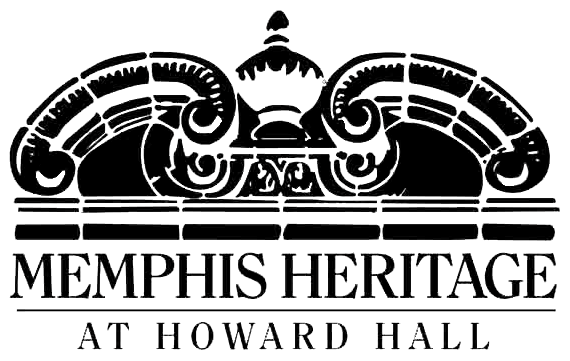Status: Endangered by loss of contextual features and may eventually be delisted.
Location: Bounded by Union and Madison Avenues, and South Manassas and Dunlap Streets, in Memphis
Built: 1899-1941
Architectural Style: Picturesque, Beaux Arts; park
Original Function/Purpose: Park

History: The design of Forrest Park was prepared by George Kessler to center on a large bronze equestrian statue of Confederate Civil War General Nathan Bedford Forrest, designed by sculptor Charles H. Niehaus. The plan for the park was put in motion in 1899, and by 1905 the design had been realized, Forrest’s and his wife’s remains reinterred in the park, and the Forrest statue erected as the central feature. Other features have come and gone over the years: a tennis court, playground, lily pond, picnic pavilion, and wading pool. The park is now essentially a place for passive recreation, and remains very much as Kessler originally designed it. In response to criticism of Forrest’s slave-trading business and his wartime and post-war activities, in February 2013 the Memphis City Council renamed the park as Health Sciences Park and entrusted its maintenance to the neighboring University of Tennessee Center for Health Sciences. In December 2017 it voted to sell the park to a private nonprofit entity, Memphis Greenspace Inc., which then removed the Forrest equestrian statue, leaving in place Forrest’s and his wife’s remains under the pedestal for reburial elsewhere. In 2021 the couple’s remains were exhumed and reburied on the grounds of the National Confederate Museum in Columbia Tennessee. After its restoration, Forrest’s statue will once again serve as the headstone of the grave. In June 2022, park manager Memphis Greenspace, Inc. announced a partnership with Telisa Franklin Ministries which had conducted well-attended Memphis Juneteenth Festivals in the park. The partnership is expected to bring greater usage to the site, including a fall concert series and family reunions.
Maps:


City Council District: 6
Super District: 8
County Commission District: 8
